Up Next

The swarm of criticism and scrutiny following Racing Point since its 2020 Formula 1 car broke cover has not been diminished by the punishment the team received this week. Quite the opposite.
Mercedes boss Toto Wolff’s exasperated responses during a Sky Sports F1 interview included a suggestion that Racing Point’s rivals have formed a “little revolution” against the Mercedes customer team.
Since then Renault (which won its protest), Ferrari, McLaren and this morning Williams too have all stated their intent to appeal the stewards’ decision to fine Racing Point €400,000 and dock it 15 constructors’ championship points, because they want more blood.
This cabal includes other teams too, with the likes of Alfa Romeo also questioning the punishment.
Racing Point’s been found guilty of producing its rear brake ducts by using Mercedes data illegally in a complex ruling that said a similar (but not identical) process for the front brake ducts was OK.
But it can continue to use those rear brake ducts, because the FIA says it would be unreasonable to expect the team to design new ones that are fundamentally different now it has the knowledge.
The points deduction and fine were, in the view of the stewards, sufficient sanction for the advantage Racing Point got in the design phase with its brake ducts. The penalties were only applied to the Styrian Grand Prix, the first race Renault protested, and not the Hungarian or British GPs. And as mentioned earlier, the parts may stay on the car.
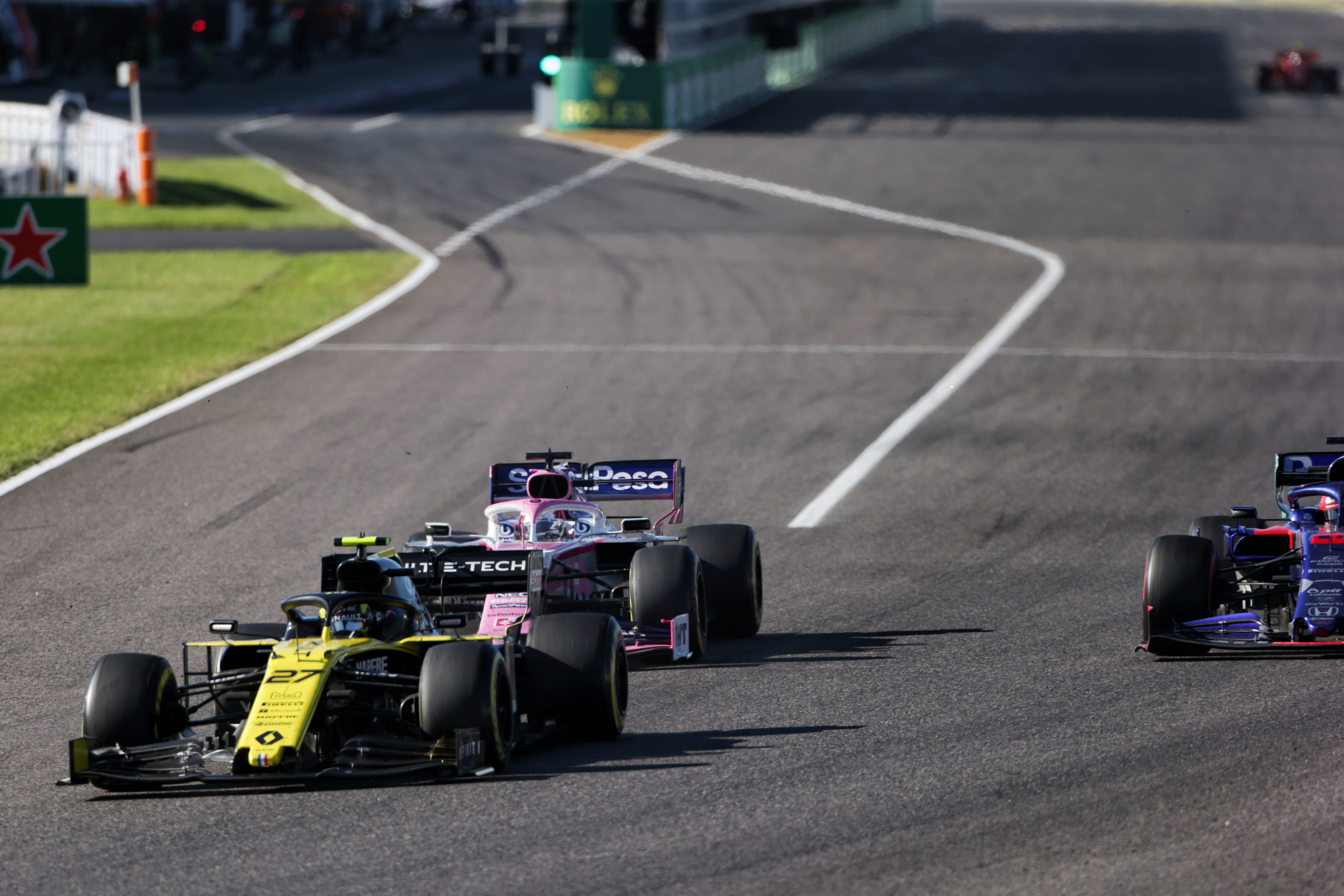
“We were found in breach of the sporting regulations last year and we’ve been immediately disqualified from the event and had to remove the contentious device,” said Renault boss Cyril Abiteboul, referring to his team’s punishment after a protest (from Racing Point!) in Japan last year.
“It was a sporting regulation, not a technical regulation, so there is a question of consistency.
“We should not lose sight, despite the complexity, despite indeed the copying that is currently not addressed by the regulatory framework, that there is a black and white situation and judgement and decision on the legality of a part.”
Other teams shared the same view. Alfa Romeo boss Frederic Vasseur suggested it was a nonsense verdict, pointing to the stewards’ assertion that if Racing Point had asked the FIA if this was OK beforehand, the governing body would have said no. But the team didn’t, it produced the parts (ultimately illegally) and even though it has been ruled illegal, the parts can stay.
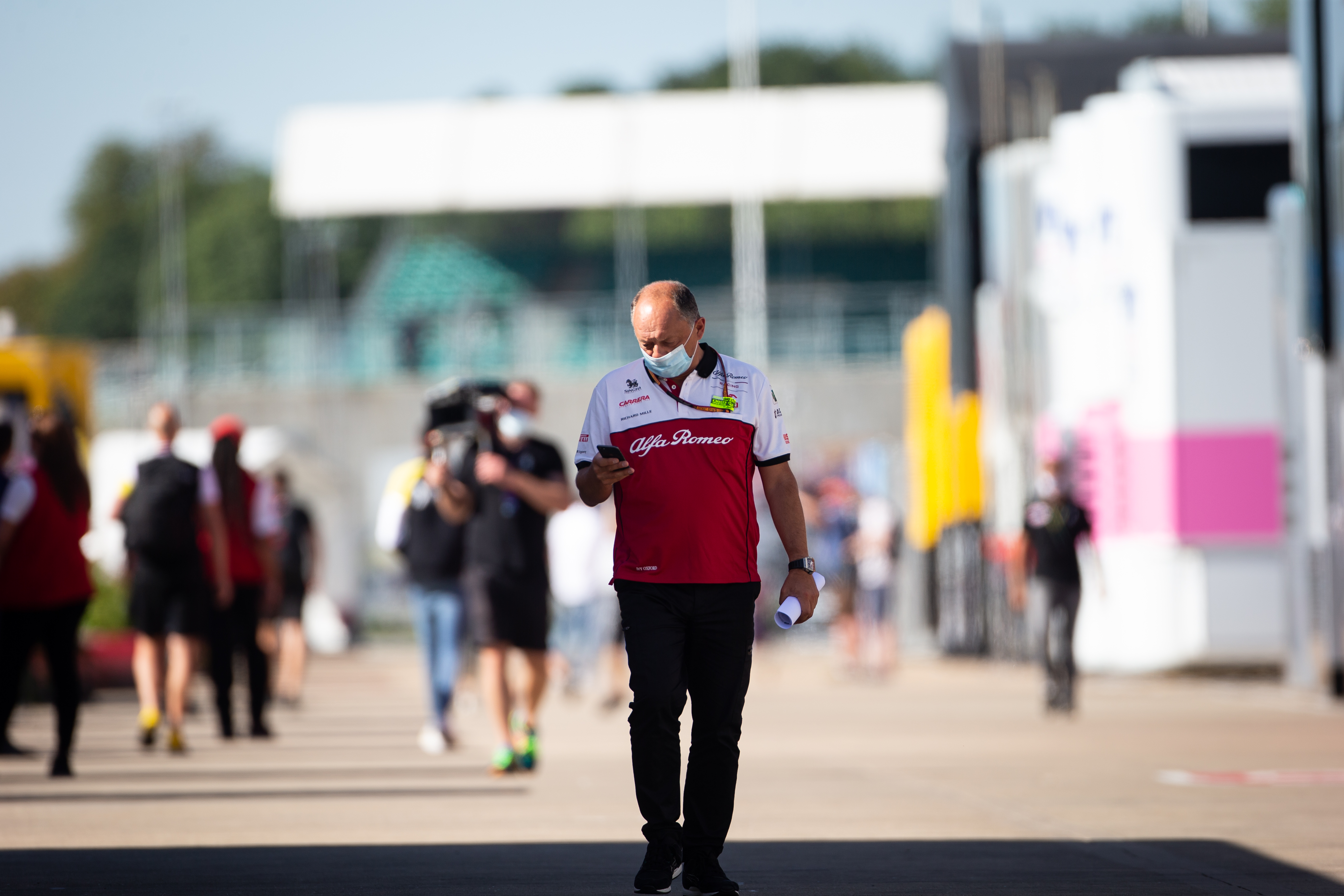
“It’s for me a bit un-understandable whether it’s banned or its not banned,” said Vasseur. “They have to take a clear decision.”
McLaren and Williams believe this is confusing and think it sends a bad message, within the paddock and outside.
“They were docked because of the unfair competitive advantage that they had in Austria,” said McLaren Racing CEO Brown.
“They claimed that they had copied the car via photography. It’s clear from reading the document that is BS” :: Zak Brown
“But aren’t they still carrying that unfair advantage this weekend? It’s confusing and that’s why it needs to be cleared up.
“I just don’t see how that makes sense, I don’t see how that’s fair for the sport.
“And I think the FIA will look into it further because we now know the brake ducts are illegal but how do we know the balance of the car isn’t?”
We’ll come to that final point shortly because it is at the heart of a much wider target for the ‘revolutionary’ faction.
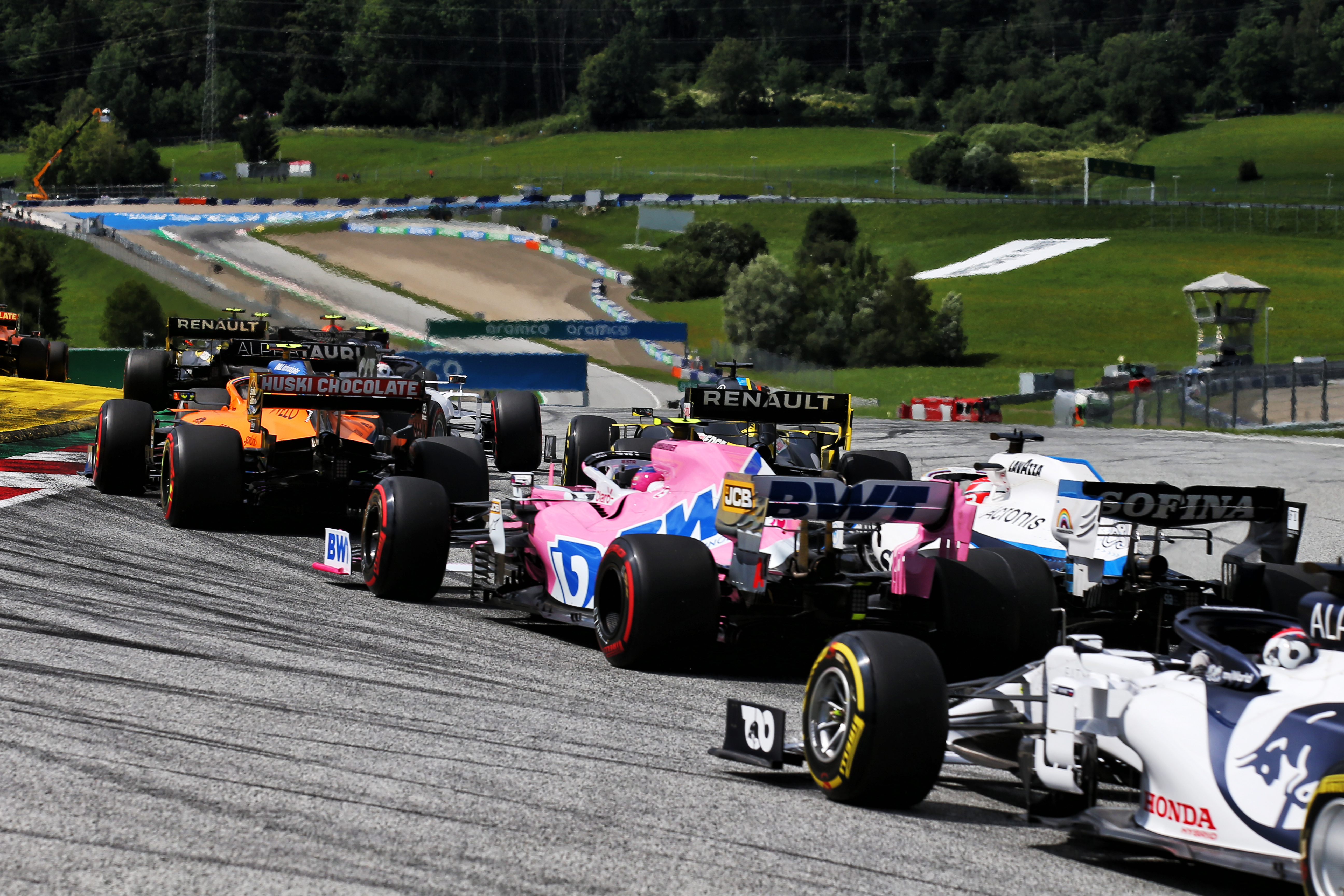
Williams deputy team principal Claire Williams has pointed to wider implications of the ruling, as any competitive advantage Racing Point has gained from illegally creating an enhanced aerodynamic component will now be on the car all season.
One could not reasonably argue that the difference between the RP20, at times the second-fastest car on the grid, and the car produced by the point-less Williams team is in the brake ducts alone.
But it does add up to a package that will likely outscore most, if not all, its midfield rivals this year. And a 15-point deduction will not offset that – in fact, the low points cost of the penalty is one reason Racing Point may not even appeal its punishment.
“The one confusing element is this discrepancy in that you can run what has effectively been deemed an illegal part, that shouldn’t have been put on a race car because it was, in effect, copied from another team,” said Williams.
“To me, that isn’t right. To still be allowed to run those parts doesn’t make a whole lot of sense to me anyway.
“But I also think that there are wider implications on this. Whenever the FIA come to us and say that part’s not quite right, you’ve got two races or whatever to rectify it.
“That should be the case in these circumstances. The very fact they are allowed to continue to race has much broader implications on teams further down the grid, when it comes to prize fund money, when it comes to the order of the championship.
“I’m not sure that I agree with that.”
That could perhaps be summarised as: 15 points will not make a difference to Racing Point’s position in the championship if its car, with those brake ducts as a part of it even though not the core of its potential, proves so powerful it outscores its immediate rivals by more than 15 points over the entire season. And a €400,000 fine will pale in comparison to the financial gain from Racing Point finishing third or fourth in the championship vs sixth or seventh.
But it is also impossible to determine Racing Point would have been negatively impacted by designing its own brake ducts, as even the FIA reckons it would have produced a similar product in the end. It’s a big assumption either way, but such is the lack of clarity around this entire saga.
And this is the crux of the matter: it’s not about one protest. This issue has swirled for months and the brake ducts protest was essentially the legal manifestation of frustration over Racing Point’s wider car philosophy: which is to say, copying Mercedes’ 2019 car design.
Essentially, Racing Point and Mercedes feel this is an unfair verdict on an isolated incident given the brake ducts were an exceptional example. Last year Racing Point could buy and use Mercedes’ components and used that information and knowledge when the rules changed to mandate teams design their own brake ducts this year.
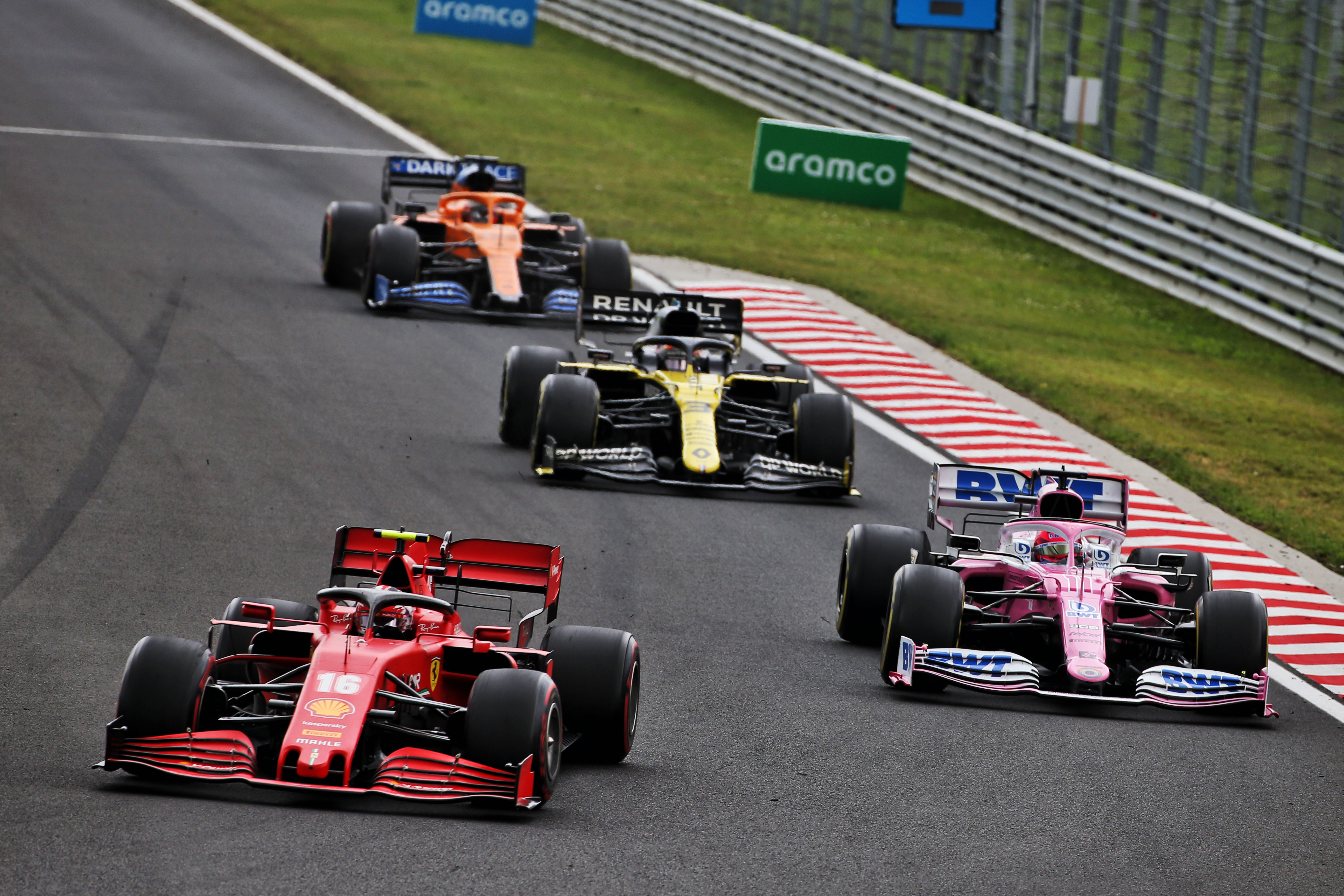
But Racing Point’s rivals are not just irate over the penalty. They consider this a smoking gun. They seem to have been energised in their efforts to either reveal an unlawful collaboration between the team and its engine supplier – or, at the very least, snipe for a greater sanction for the specific lawbreaking and ensure no such copycat job can be done again.
“Around this whole copying, they claimed that they had copied the car via photography,” argued Brown.
“It’s clear from reading the document that is BS and therefore you have to question anything else around that car.
“I think this is, potentially, the top of the iceberg, the starting point of looking at what’s happened here, because I don’t think it’s healthy for the sport.
“It’s thrown up a lot more questions than answers and there’s new evidence that we’ve now been able to see.”
It’s worth pointing out that the stewards’ verdict makes no mention of the wider RP20 car concept and there is no evidence that, beyond the legal acquisition of brake ducts last year when they were non-listed parts, Racing Point received anything from Mercedes. Let alone anything it shouldn’t.
That’s probably why Racing Point team boss Otmar Szafnauer responded so aggressively: “To Zak Brown it is BS because he’s not an engineer. He’s got no idea what he’s talking about. Zero.
“And I’m surprised about how little he knows about the rules of Formula 1.
“It seems to me he knows more about historic racing than he does about Formula 1.”
Personal barbs will not help the split into factions over this issue.
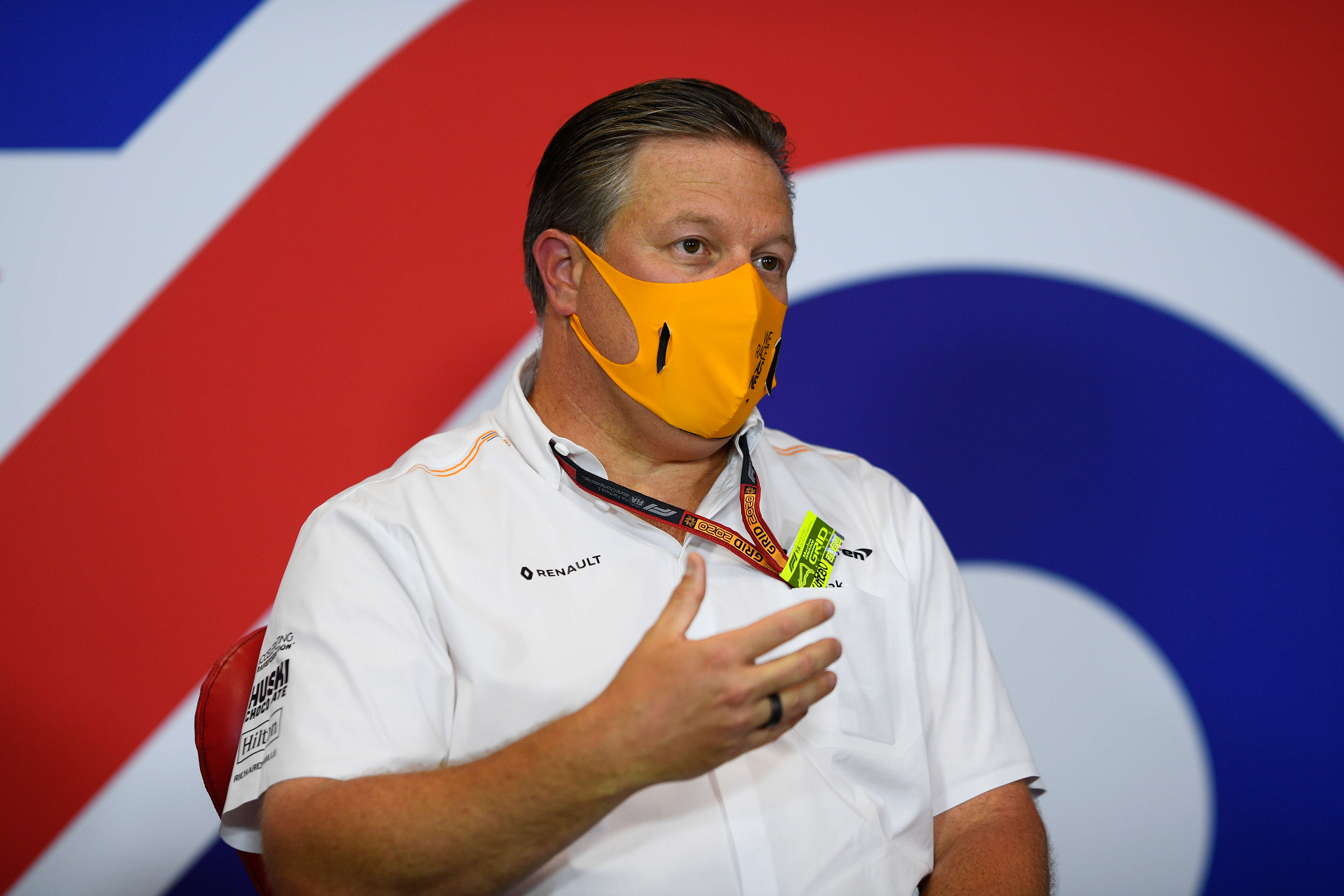
A more reasonable version of Brown’s position is to argue that Racing Point had previously said its car was the result of extensive photography and research into Mercedes’ aero philosophy last year, and conveniently failed to mention publicly (until protested) that there was some physical design inspiration as well because it had brake ducts last year.
And that wider copying job is at the heart of all of this. The anti-Racing Point teams should tread carefully because Brown, and Ferrari boss Mattia Binotto, and straying into dangerous territory with half-accusations.
But the stewards’ verdict has emboldened them to ask the rulemakers: are you sure everything else was above board?
“That has never happened in 70 years of Formula 1,” said Binotto of the Racing Point copy job.
“It means that it’s not an idea that someone simply thought about today, but simply because we believe that it’s not possible to simply copy and understand the full concept behind the car.
“We sent a letter to the FIA, we really argued the entire process and entire concept.
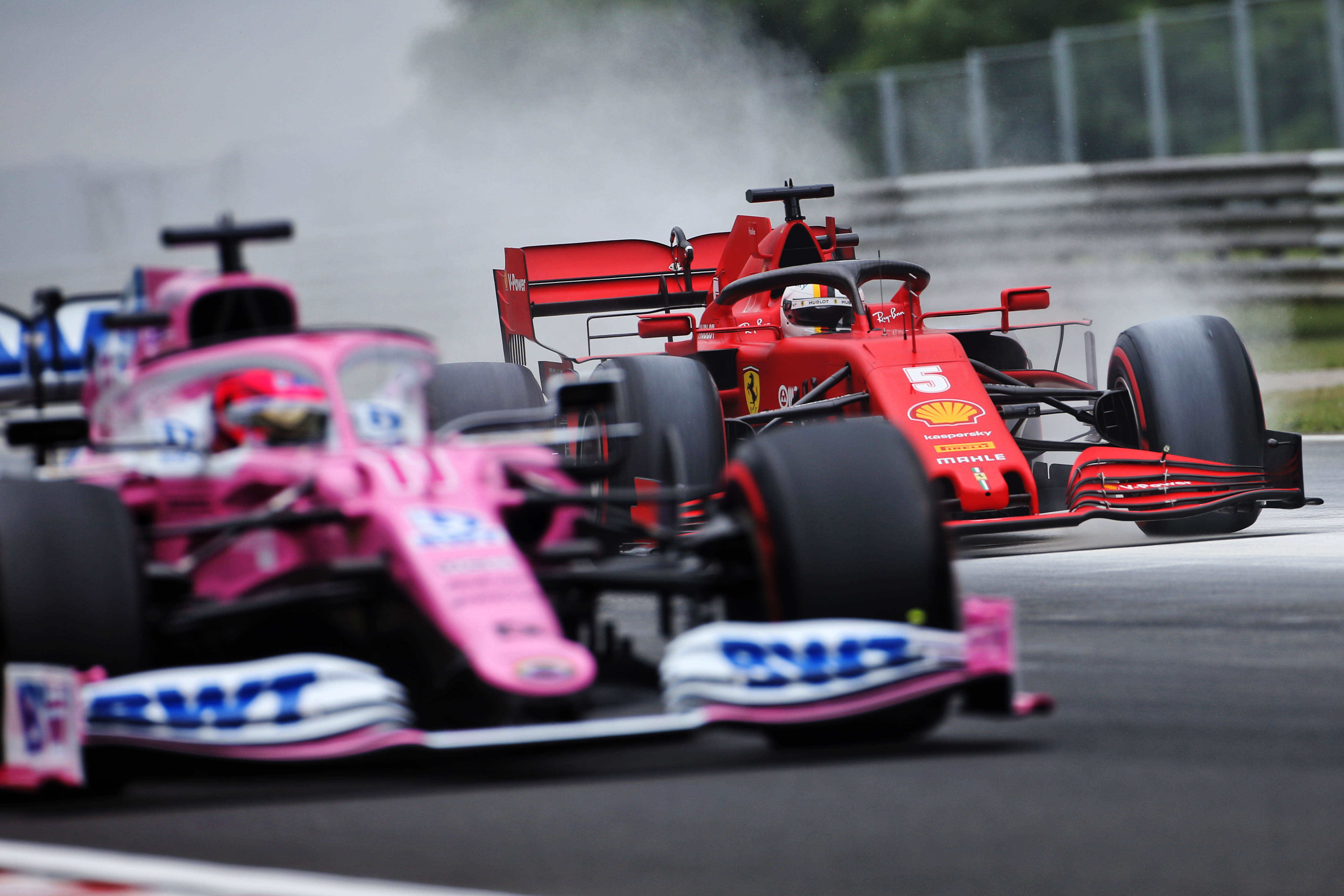
“We believe the regulations are clear enough. We believe that there may be a breach of regulations in what is that process but it’s something on which we need to clarify.
“I don’t think that the verdict is sufficient because it’s only relative to the brake ducts but not the entire concept. So as Zak said, I think at the moment it’s only the tip of the iceberg.
“There is much to discuss further. If it has never happened so far, in all the history of F1, you know it means that somehow it’s almost impossible to do.”
Brown was even less subtle: “If it was that easy it would have been done before. The sport’s been around a long time.
“It’s just ridiculous. You look at people who forever have been getting not just data, but brake ducts and designs and everything, and they’re all OK but we’re not?” :: Otmar Szafnauer
“The engineers and designers do take inspiration from the things they see on the car. To be able to replicate a car as they’ve done, everything that I’ve been told by people who are much smarter than me on this topic say there’s no way you do it with a degree of accuracy that they can.
“So I think the brake ducts and revealing that they had information beyond photography just begs a question of what else wasn’t done by photography?”
Wolff and Szafnauer object strongly to this. Earlier, in Friday’s FIA press conference, Wolff had argued that this specific matter should be dropped because “the breach has happened and they cannot unlearn what they already know”.
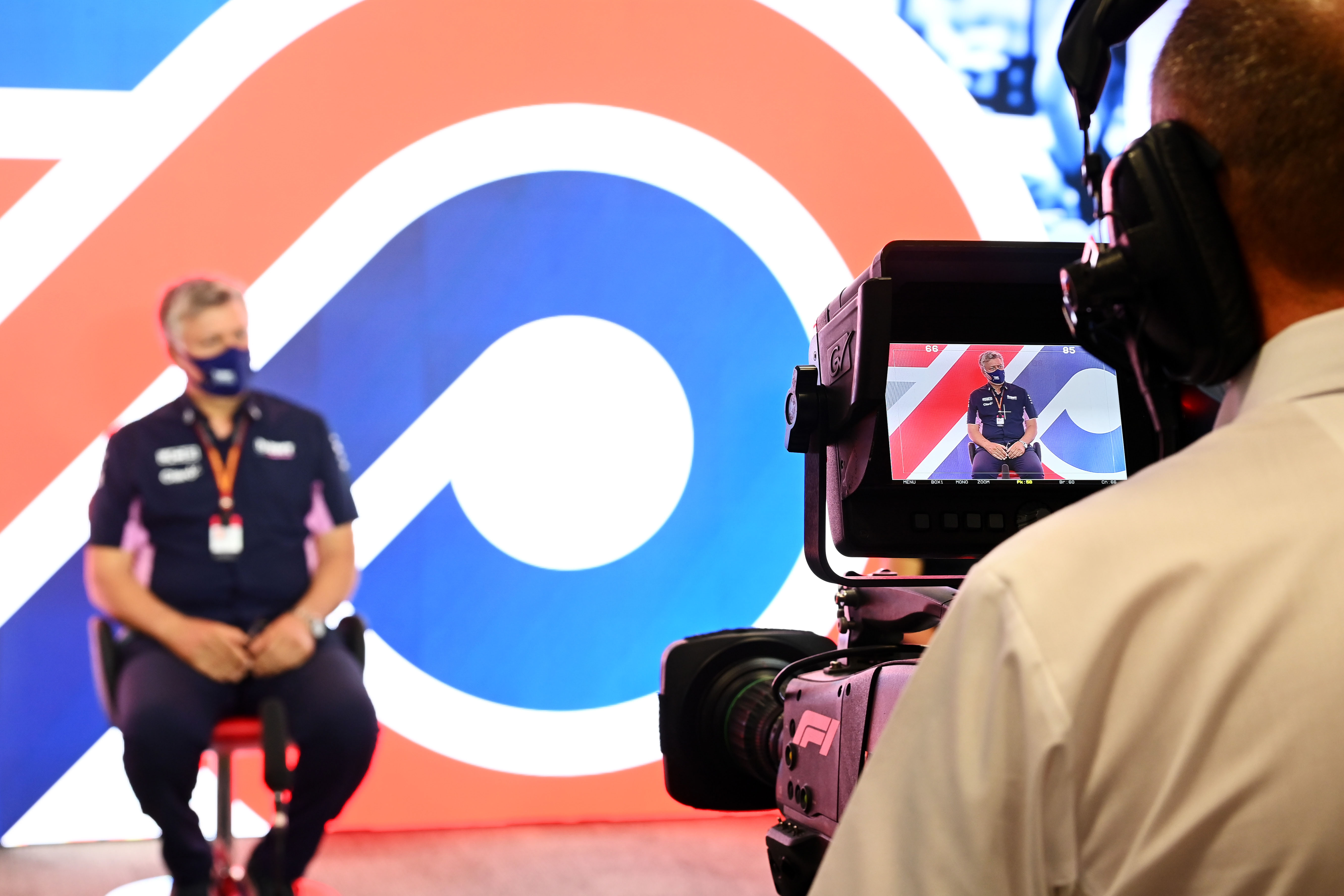
Meanwhile, Szafnauer feels Racing Point has been unfairly treated given how the team’s customer relationship with Mercedes compares to much more dependent teams like Haas (with Ferrari) and AlphaTauri (with Red Bull).
“Haas I don’t think has ever run a brake duct design that wasn’t Ferrari’s,” said Szafnauer.
“They never designed their own. We’ve always designed our own.
“We started the process of getting some data, legally, from Mercedes on brake ducts in 2018 before they were even contemplating moving them from non-listed to listed.
“And now we’re in breach of a sporting regulation process that says because we started with some data that we legally obtained from Mercedes we’re in breach?
“It’s just ridiculous. That is the frustration. You look at people who forever have been getting not just data, but brake ducts and designs and everything, and they’re all OK but we’re not?
“That’s a frustration.”
Whether Racing Point is on the right or wrong side of the wider debate is another question, though.
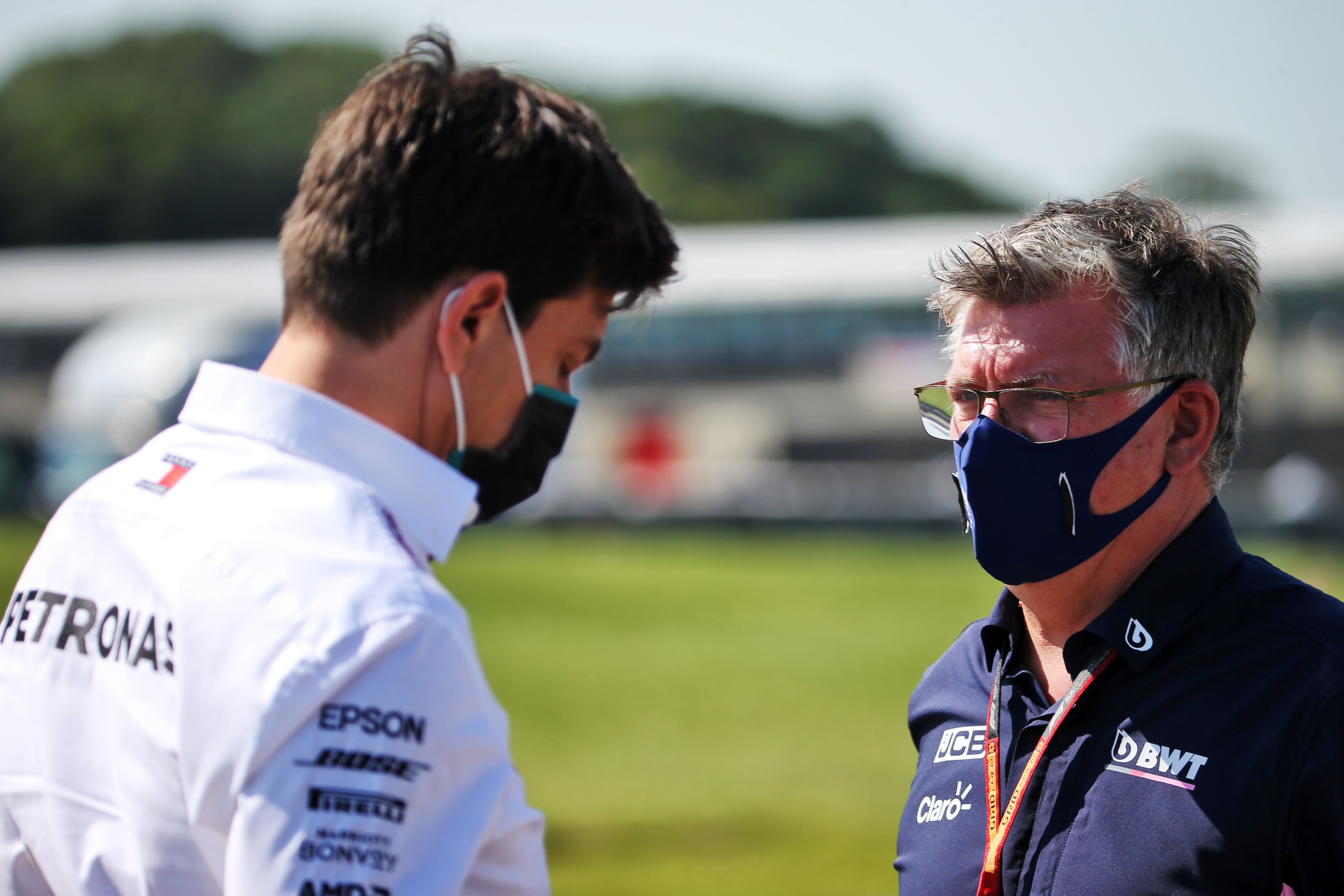
Wolff insists the team’s in the right. He has praised Racing Point’s efforts this season, although some take that with a pinch of salt given he is on very good terms with team chairman Lawrence Stroll and as a result of that relationship has become an investor in Aston Martin – the car manufacturer that will take over Racing Point’s branding and make it the Aston works team from 2021.
But, more relevantly to now, he argues that the method of achieving that performance – copying – is commonplace in F1, more detailed than ever, and very difficult to police.
So he has challenged the FIA to draw a line under it one way or the other.
“I think we can have the debate of ‘do we want this going forward?’ in terms of having copies of whole cars,” he said.
“In our belief there was nothing that was against the regulations because the technology exists, and we saw last year on a few occasions, one of our main competitors with the 3D camera – that is quite a thing, you need to have it on your shoulders – scanning our cars in the garage and outside of the garage.
“I can’t say who – but it’s pretty obvious who it was – scanning the whole car. And when you plug that into a computer, it gives you all the shapes.
“So, this technology exists, there is nothing that prohibits that, everybody has spy photographers sitting on the roofs of the opposite building, zooming into the smallest detail on every car.
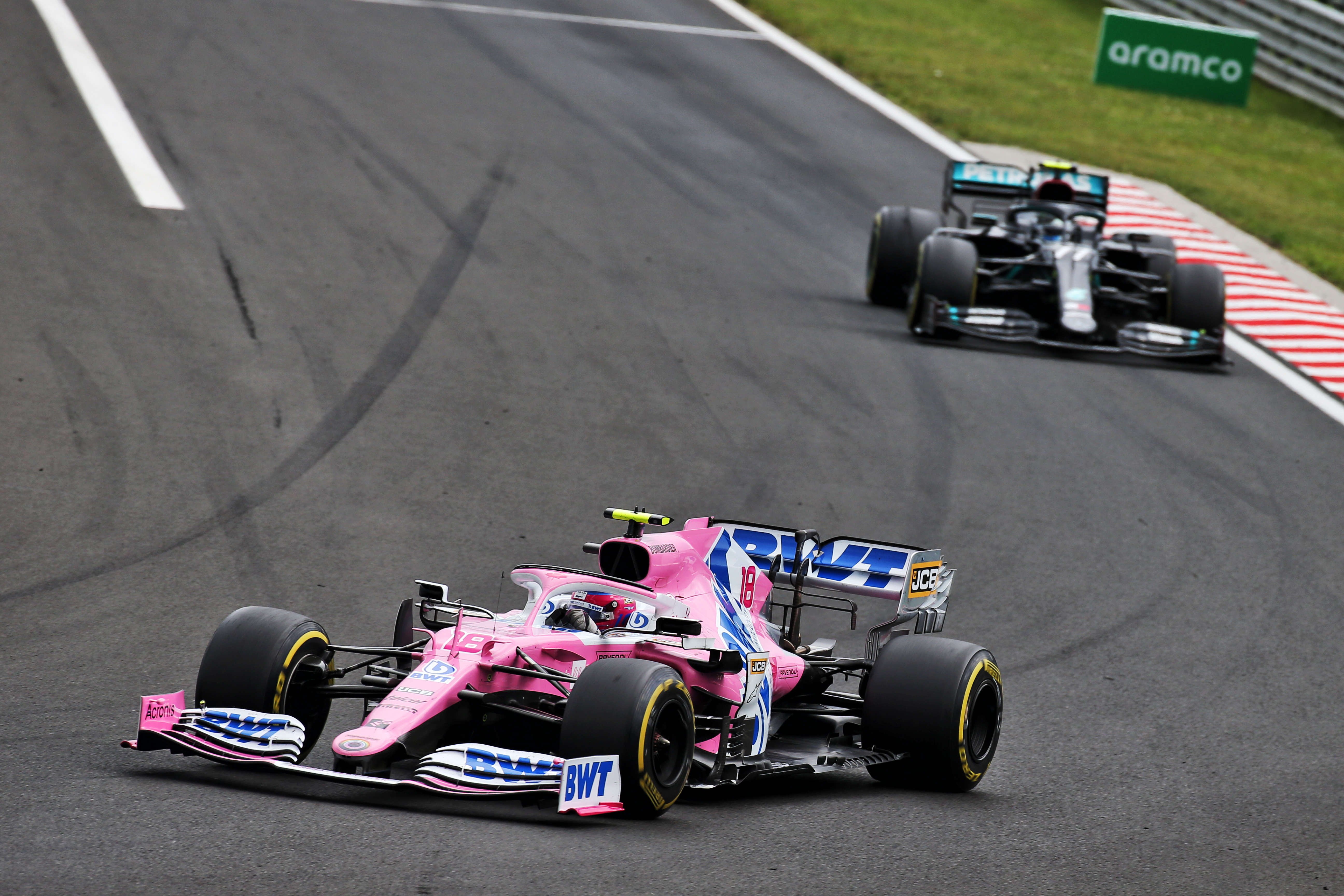
“If we don’t want this to happen then we need to close that avenue.
“I’m happy with Nikolas [Tombazis from the FIA] coming out very strong and saying maybe we need to adapt the rules. Maybe we need to somehow prevent this spy photography that has existed in Formula 1 since God knows when.
“I don’t know how to do it but maybe they ban all photographers from every position where they can take a picture of a car?
“But I have all the trust and confidence in the FIA and Nikolas to come with a regulation that is clear – because until now there wasn’t any.”







